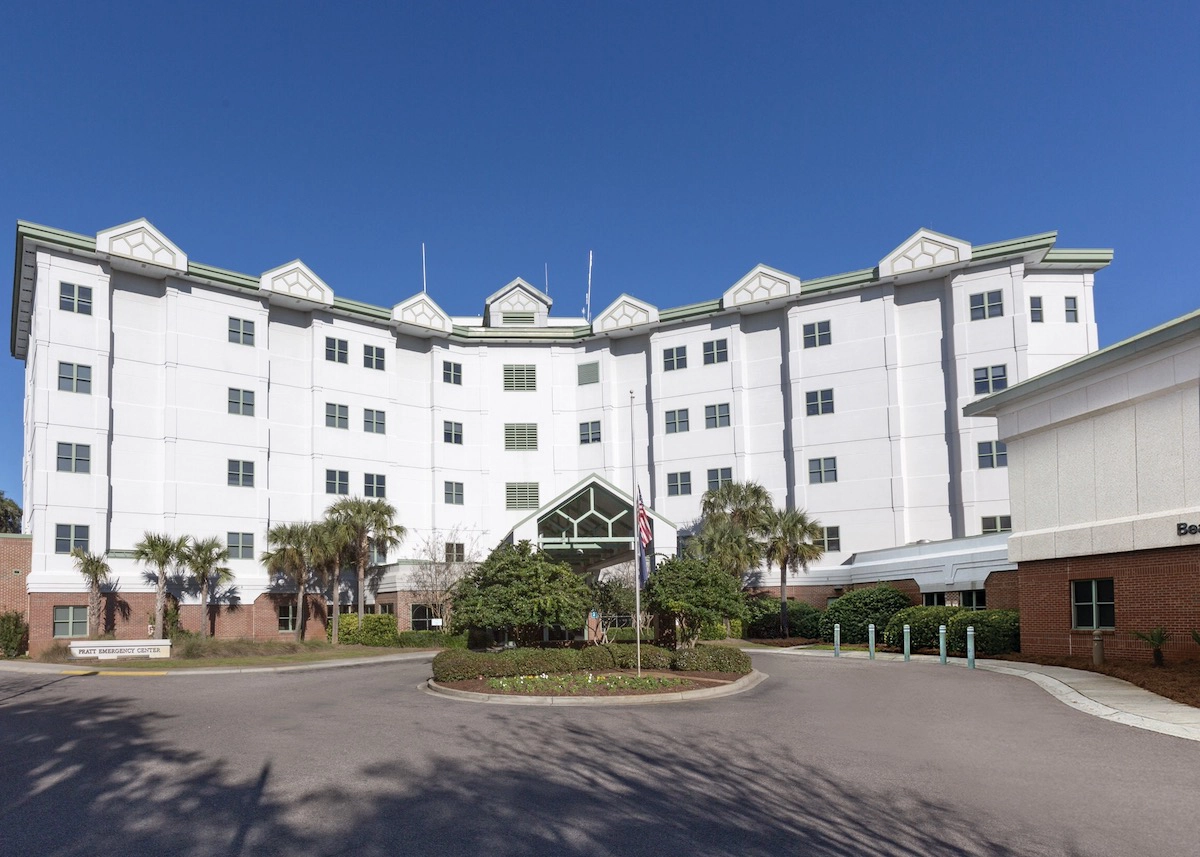It is Friday and I’m in Port Royal. It’s raining.
But that heat-breaking, grass-greening rain carries a sense of dread. These summer days we read about flooding in Kentucky and the almost-weekly flash floods closer to home in Charleston. Our torrential, late-in-the-day downpours seem less benign than they did just a few years ago.
We read that Charleston has decided to attack it’s downtown flooding with huge, underground storage tanks, lift stations and a twelve foot high wall that will surround the lower peninsula. The US Corps of Engineers is planning the $2 billion dollar wall, but renderings are not yet public. There is the worry that this wall will destroy the view, forever change the character of the City and only deal with storm surge.
Here in Beaufort we are also worried about storm water, sea level rise and storm surge. So far this particular planning, led by Colonel Neal Pugliese (USMC ret.), is looking at upgrading the existing drainage pipes which are, apparently, archaic. Specifically our narrow-gauged pipes do not consistently descend and can be easily clogged-up by debris no larger than a Texas grapefruit.
Let me say at the onset that I do not come at this discussion without a personal interest. My law office is on Carteret Street, and during Irma, the first floor flooded. I watched King Street turn into the Cannaregio Canal complete with Vaporettos — in our case Boston Whalers. I saw drains on Carteret Street that did not drain and (like many of my neighbors) watched the dark and troubled water pour into my tastefully furnished lobby. I am, obviously, delighted that the City of Beaufort has decided to do some of this work in my neighborhood.
The first phase of Beaufort’s work will deal with the downtown area running from the Beaufort River on the East to (about) Newcastle Street on the West. The effort will eventually cost $28 million and will focus on putting bigger, newer pipes in the ground that will actually evacuate the water when it arrives. The plan also involves the pond on the Point that will be accessorized with two lift stations. These lift stations will pull water out of that pond when that capacity is necessary to insure drainage along King Street.
Replacing these pipes would seem to be an obvious, fairly simple task but, of course, regulatory approval involves a bunch of different governments including the City of Beaufort, Corps of Engineers, Coastal Council and the South Carolina Department of Transportation. Representatives from each of these agencies have met, discussed the plan, and have promised each other that they will give priority this project and, presumably, sign-off (on the work) when their signatures are needed.
This then brings us to the $28 million required to re-plumb downtown Beaufort. Apparently sources for the first $11 million have been identified, and work should commence on those grant applications soon. But, of course, none of this work deals with sea level rise.
The problem attending sea level rise affects every city on the Atlantic seaboard — every metropolitan area on every coastline actually. As we speak, Jacksonville, Boston and Norfolk are thinking about the survival of their historic districts and those dockside neighborhoods that overlook their particular harbor. According to Col. Pugliesi, Beaufort will need its own study to measure the rate of that rise — a rate of that may be different from Charleston and Jacksonville and require a different solution for any sort of survival.
There is the notion that Charleston is different because most of the downtown peninsula is not protected by marshes or long stretches of mud. The High Battery bellies right up against an incoming tide that is unhindered and unprotected by anything other than Castle Pinckney. Maybe long stretches of marsh might make a difference and dictate something less dramatic than a 12-foot high wall.
Maybe.
For a number of years there has been the troublesome question of whether the Marines should relocate their East Coast training inland — away from the ever-rising tide. It is interesting that the Marine Corps Recruit Depot decided to rebuild its Hue City Rifle Range on Parris Island.
There is the belief that the Marine Corps has been concerned about rising sea level for some years and, perhaps, has done its own, unpublished study — I’m just guessing at this point. Spending $34 million on its new rifle range might mean the Marines intend to stick around.
Maybe.
Scott Graber is a lawyer, novelist, veteran columnist and longtime resident of Port Royal. He can be reached at cscottgraber@gmail.com.









